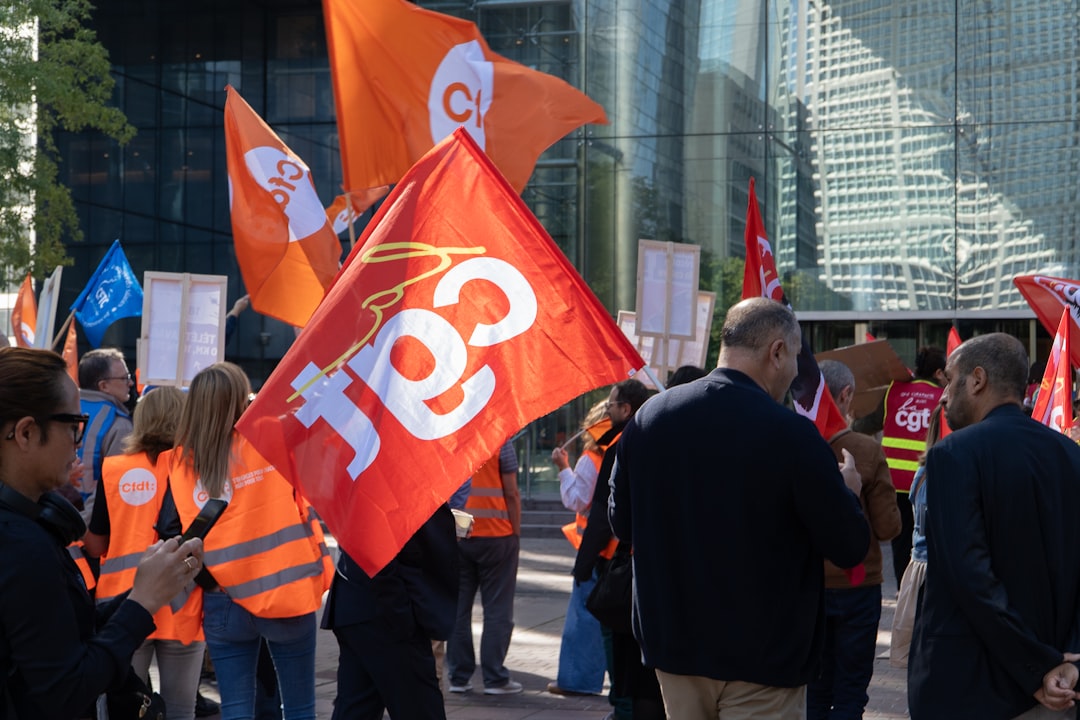No products in the cart.
AI, Work, and the Shifting Voice of Unions
AI is changing the workplace, but union voices are getting louder. Discover how these dynamics are reshaping labor relations in 2025.
Sydney, Australia — As the digital age unfolds, a new chorus is emerging in workplaces across the globe. It’s not just the hum of machinery or the click of keyboards; it’s the amplified voices of unions, driven in part by the rapid integration of artificial intelligence (AI) into the workforce. A recent report from Medianet reveals that while media coverage of AI and work tends to be positive, the conversations happening on social media tell a different story, one fraught with concerns and skepticism about the future of work.
The report highlights a growing dichotomy: media outlets celebrate the potential efficiencies and innovations AI brings, while on platforms like Twitter and Facebook, workers express unease and fear of job displacement. This tension mirrors a broader societal shift where the role of unions is becoming increasingly vital in advocating for workers’ rights amidst technological upheaval.

As the world grapples with the implications of AI, from chatbots in customer service to algorithms determining hiring practices, the conversation around labor rights is taking center stage. The rise of social media has empowered workers to voice their concerns, creating a platform for dialogue that didn’t exist in previous decades. In places like the United States and Europe, union membership is on the rise, partly fueled by younger workers seeking protection against the uncertainties that come with automation.
 Career Development
Career DevelopmentCrafting a Fulfilling Career: Strategies for Alignment
Explore how to align your career with your passions and purpose. This guide offers actionable insights for professional fulfillment.
Take, for example, the recent strikes led by unionized workers in California’s tech sector. These workers, often young and tech-savvy, are using social media to spread awareness and rally support for better wages and job security in an industry that is notorious for its cutthroat competition and gig economy practices. Their ability to mobilize quickly and effectively online contrasts sharply with traditional union organizing methods, marking a significant evolution in how labor movements operate.
The rise of social media has empowered workers to voice their concerns, creating a platform for dialogue that didn’t exist in previous decades.
In the realm of social media, platforms like TikTok have become unlikely allies for labor activists. Short, engaging videos have replaced lengthy pamphlets as the go-to method for disseminating information. Workers are sharing their personal stories of struggles and triumphs, creating a sense of community that resonates with a generation increasingly concerned about economic instability.
However, the conversation is not universally positive. Many social media users express frustration with the perception that AI will replace human jobs rather than enhance them. This fear is compounded by reports of companies using AI to monitor employee performance and productivity, leading to a feeling of being constantly surveilled. The backlash is palpable, with hashtags like #AIDisplacement gaining traction as workers rally against the idea that they are merely cogs in a machine.
Despite these challenges, the Medianet report suggests a silver lining. The growing awareness around AI’s impact on work has invigorated discussions about workers’ rights and the role of unions in this new landscape. Many believe that unions can play a critical role in ensuring that technological advancements benefit all stakeholders, not just shareholders.
 AI
AIRetail and E-commerce Surge Amidst AI Uncertainty
Retail and e-commerce sectors are defying AI jitters, significantly boosting mid-senior level white-collar recruitment this festive season. Discover the trends!
Read More →The push for transparency in how AI is implemented in workplaces is also gaining momentum. Workers are demanding to know how decisions are made and what data is being collected about them. This demand for accountability is reshaping the bargaining power of unions, as they advocate for regulations that protect workers from potential abuses associated with AI.
Furthermore, the integration of AI tools into union strategies is becoming more common. From data analytics to better understand worker sentiment to AI-driven platforms that facilitate communication and organization, unions are leveraging technology to enhance their effectiveness. This hybrid approach could lead to a revitalization of labor movements around the globe, making them more relevant in a rapidly changing economy.
From data analytics to better understand worker sentiment to AI-driven platforms that facilitate communication and organization, unions are leveraging technology to enhance their effectiveness.
As we look to the future, the relationship between AI, unions, and workers will likely continue to evolve. The ongoing dialogue about the ethical implications of AI in the workplace is crucial. It raises questions about who benefits from these technologies and how society can ensure that advancements do not come at the expense of the workforce.
 Economic Development
Economic DevelopmentGreen Infrastructure: The Future of Job Creation in India and the USA
Green projects are reshaping job landscapes in India and the USA. Discover how sustainable infrastructure is driving economic growth and…
Read More →Ultimately, the challenge lies in finding a balance. As AI continues to permeate our work lives, the voices of unions—and the workers they represent—will be critical in shaping policies that govern this brave new world. The path forward will require collaboration, innovation, and a collective commitment to ensuring that technology serves as a tool for empowerment rather than a vehicle for exploitation.











